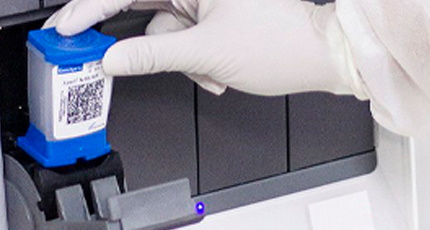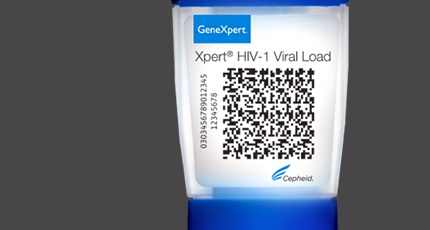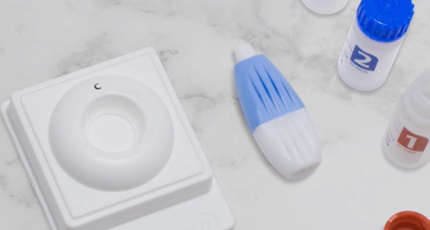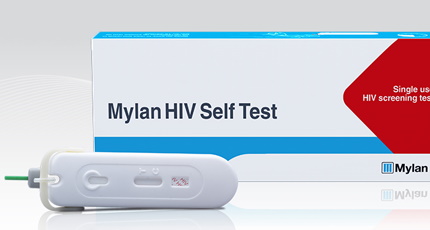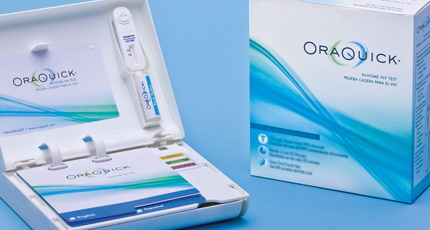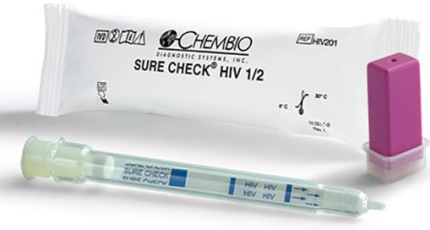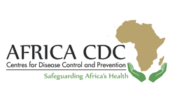The Diagnostic Evidence Hub is a knowledge platform that provides national reference laboratories, national regulatory authorities, and diagnostics stakeholders with key information from published studies on the technical performance of new in vitro diagnostic products. It seeks to improve access to publicly available technical data in order to inform decision-making and support in-country registration and adoption of new, impactful, and quality-assured diagnostic products.
Regulatory decision making with regards to the quality, safety and performance of medical devices and in vitro diagnostics highly depends on expertise that is available within laboratories. Good reliance practices in regulatory decision-making promote efficiencies and allows regulators to focus their efforts on critical activities.
Leveraging the output of others whenever possible, such as work done by WHO Prequalification and independent evaluations by renowned bodies, may avoid unnecessary repeat evaluations that may not add value, but delay the adoption of new impactful technologies.



